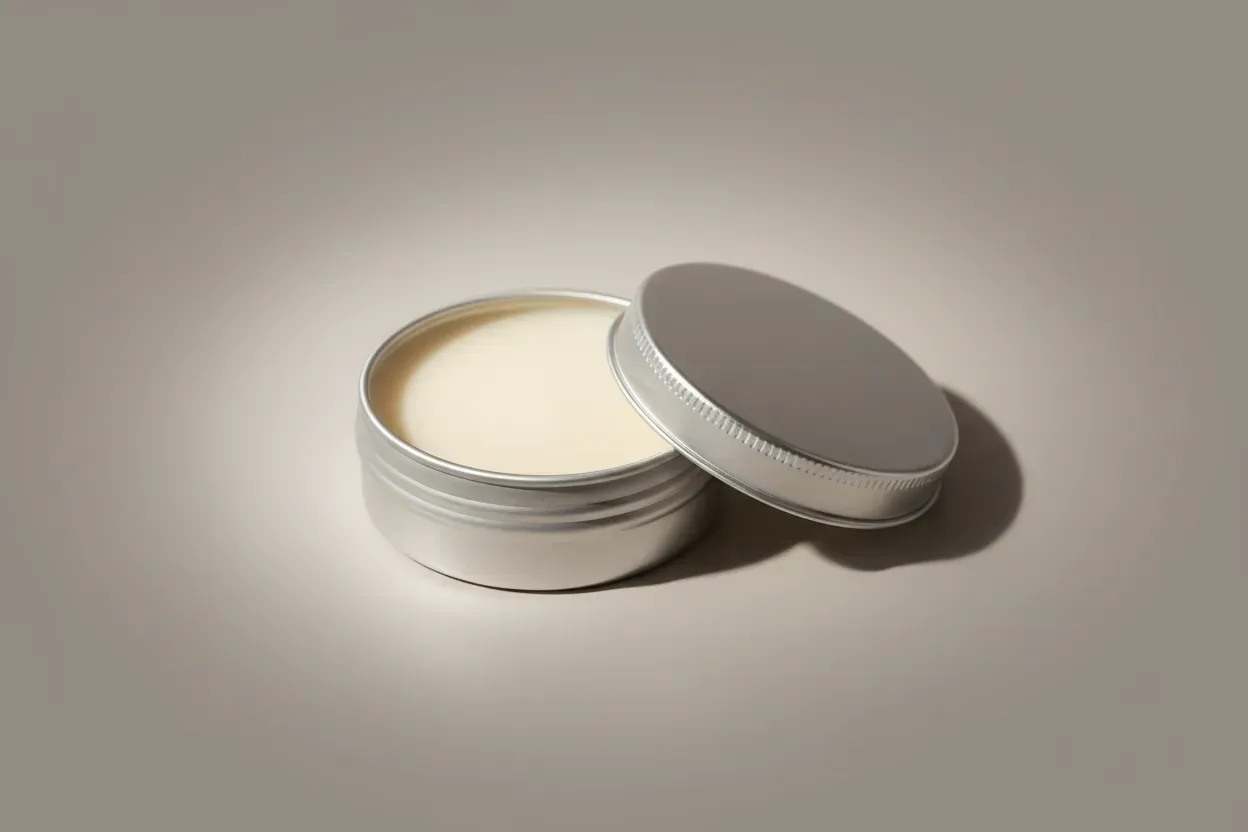How Did You Choose the Perfect Paint Colors for Your Home?
Choosing the perfect paint colors for your home can be a blend of art and strategy. We’ve gathered insights from founders and CEOs, who share their personal steps in the color-selection process. From creating a mood board to matching colors with emotional goals, discover the four key strategies these experts use to bring their vision to life.
- Create a Mood Board
- Consider Paint Undertones
- Gather Color Inspiration
- Match Colors with Emotional Goals
Create a Mood Board
Choosing the perfect paint colors for my home was a blend of inspiration and careful consideration. One key step in my color-selection process was creating a mood board to capture the atmosphere I wanted each room to evoke. I remember gathering fabric swatches, photographs, and paint chips, and arranging them on a large board in my living room.
This allowed me to see how different colors interacted with one another and how they changed throughout the day as the natural light shifted. For example, I initially thought of painting the dining room a deep blue, but after seeing it next to the warmer tones I wanted for the adjacent living area, I realized it would clash.
This process helped me visualize the overall harmony of the space and confidently choose colors that complemented each other and reflected the cozy, welcoming feel I envisioned for my home.
 Aseem Jha
Aseem Jha
Founder, Legal Consulting Pro
Consider Paint Undertones
When I chose the right paint colors for my home, one important factor that I had to consider when making my selection was looking at their undertones. Although it is easy to fall in love with a color based on a swatch, I understood that undertones might have a notable impact on how the color actually appears under different lighting and against various elements within the room.
For instance, I had initially planned to buy light gray paint for my living room; something that would appear neutral while creating a serene environment. Nonetheless, after trying it out in a sample store with walls, its undertones became visible. The gray seemed to have an almost invisible hint of blue, which went badly with the warm, earthy colors of my furniture. The store light never brought this to my attention, but inside the house, it was clear that it wasn’t going to work as I thought.
I began paying more attention to the undertones of all paints that came to mind so as not to face such challenges in other rooms. In this way, I found shades that took into account what else was already there instead of clashing with them. It made me achieve what felt like a brand-new start for my home: finally, everything flows together nicely and creates an inviting atmosphere.
So, if you are picking paint, surface tones cannot just be looked upon superficially; rather, dig down into its soul, considering this hidden secret. And it will save you from being bitter or even hating your space since you will get exactly what suits you best.
 Soubhik Chakrabarti
Soubhik Chakrabarti
CEO, Canada Hustle
Gather Color Inspiration
One key step in choosing colors was gathering inspiration. I looked at photos of homes, nature, and art that I liked. This helped me narrow down my choices and see how colors could work together. By focusing on what I loved, I felt more sure about picking the right paint colors for my home.
 Andrew Merrick
Andrew Merrick
Owner & CEO, Aquasoltech
Match Colors with Emotional Goals
You start by thinking about what you want each space to do for you emotionally. Is it a place where you want to feel energized, or somewhere you can unwind? Colors play a big role in that.
Once you’ve got that figured out, you look at the room’s specifics—like how much natural light it gets and what the surrounding areas look like. Light can really change how a color looks, so it’s key to consider that.
I always recommend starting with neutral colors as your base. They give you a lot of flexibility and act like a blank canvas, letting other elements in the room stand out. Then, you can layer in accent colors to add depth and contrast.
But before you go all-in, it’s smart to test your choices on a small wall or section. That way, you can see how they actually look in your space at different times of the day. It’s all about making sure the colors flow from one room to the next, creating a cohesive feel throughout your home.
By taking your time with this process, you’ll end up with a color scheme that not only looks great but also makes your home feel just right.
 Jeremy Morgan
Jeremy Morgan
Brand President, Groovy Hues
Submit Your Answer
Would you like to submit an alternate answer to the question, “How did you choose the perfect paint colors for your home? Share one step of your color-selection process.”




